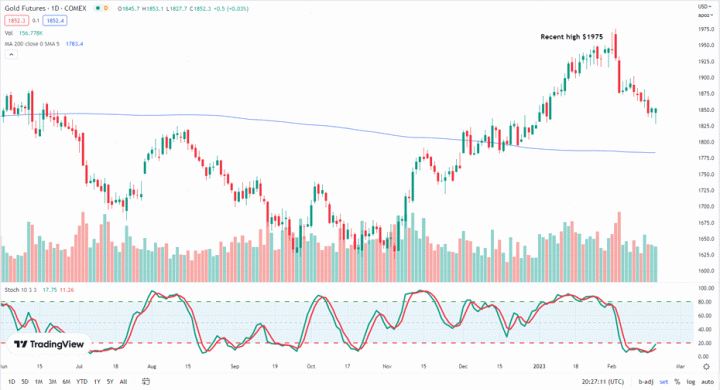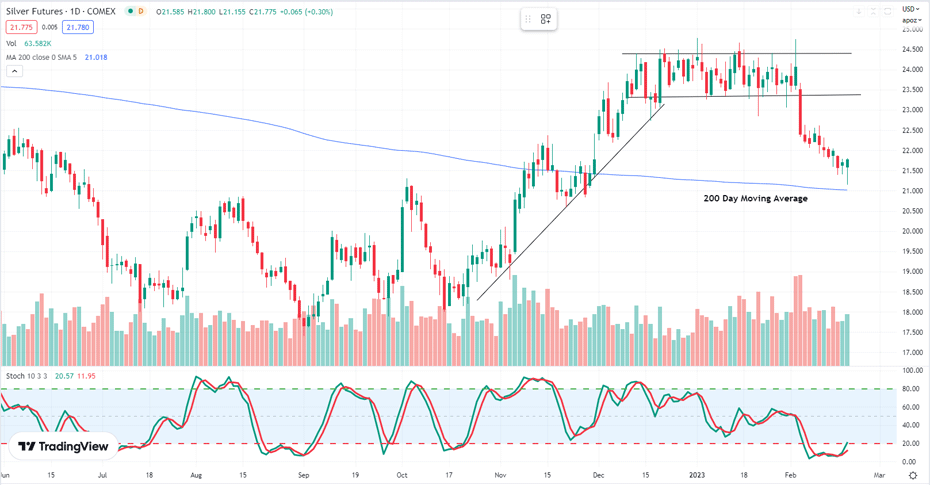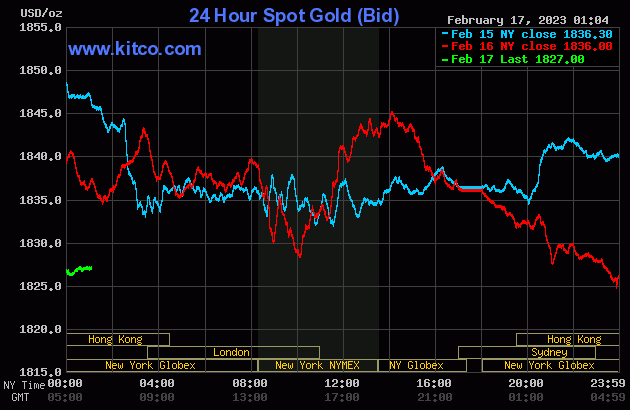Gold at risk of a major drop as prices at 'pivotal point' – analysts
With the latest inflation numbers stressing out markets across the board, gold is at a "pivotal point," according to analysts who are not ruling out a deeper selloff if gold drops below $1,800 an ounce.
This week's big surprise was the hawkish Federal Reserve meeting minutes, which revealed that "a few" FOMC members were leaning towards a 50-basis-point hike instead of the more dovish 25-bps increase adopted at the February meeting.
On top of that, the Fed's preferred inflation measure — the annual core PCE price index — accelerated in January, coming in at 4.7% versus the expected 4.3%.
"There's a major reset in how high rates will go. People are now thinking over 6%. That's significant enough that it is breaking gold's back," OANDA senior market analyst Edward Moya told Kitco News.
If there is further momentum towards $1,800 an ounce, it could "get ugly" for gold, and prices could drop another $50, Moya added.
At the time of writing, April Comex gold futures were trading at $1,816.60 an ounce, down for the fifth week in a row.
"This is a pivotal point right here," Forex.com senior technical strategist Michael Boutros told Kitco News. "If we get a weekly close below $1,807-$1,805, you risk a big drop. And you could be looking at $1,750s."
It is the macro outlook that is weighing on gold. In January, the precious metal rallied on the idea that the Fed could cut rates at the end of 2023.
Now, the reality is starting to set in, Boutros explained. "And inflation numbers we got today are showing that. And that adjustment to higher rates is hitting the markets," he said.
The good news for gold is that this rate re-pricing is also impacting the equity space. And if the S&P 500 and the Dow keep falling, gold might see some support as the safety trade, Boutros noted. "That should put some sort of floor under gold's price," he added.
Geopolitical tensions are also not letting up, which is working in gold's favor in terms of finding a bottom in this downtrend.
"People are throwing around all these big words like 'nuclear threats.' It is the first anniversary of the war in Ukraine, and it is time for a reality check. The threat is there. And if that threat becomes more prominent on a global scale and if these talks continue to deteriorate, at some point, that will factor in," Boutros pointed out.
The volatility in the gold market is far from over, as prices can fall as quickly as they recover, said Gainesville Coins precious metals expert Everett Millman.
"Given gold's nature to have these quick selloffs and recoveries during times of panic, there is not an extremely strong floor right now. I wouldn't be surprised to see gold break below $1,700, with expectations that it would come back up pretty quickly if there is an escalation in Ukraine," Millman told Kitco News.
With markets realizing the difficulty in bringing inflation down to the Fed's 2% target, gold will remain vulnerable in the short term.
"There is some support at $1,750, but then you don't have anything major until possibly $1,730. This is a major change in sentiment," Moya said.
Next week's data
Analysts will monitor the macro data scheduled for next week for any signs of weakness after a solid start to the year.
"We cautioned that the stark contrast in weather between December's wintery, cold conditions … and January's almost spring-like temperatures played a big part in the strength of data," said ING's chief international economist James Knightley. "[Next] week, we will get a first test of that hypothesis with the ISM manufacturing and service sector reports for February."
Monday: U.S. durable goods orders, U.S. pending home sales,
Tuesday: U.S. CB consumer confidence
Wednesday: U.S. ISM manufacturing PMI
Thursday: U.S. jobless claims
Friday: U.S. ISM non-manufacturing PMI
By Anna Golubova
For Kitco News
Time to Buy Gold and Silver
David – http://markethive.com/david-ogden
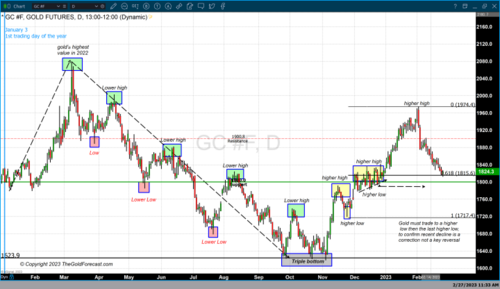
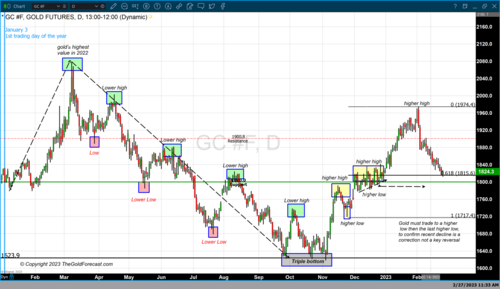
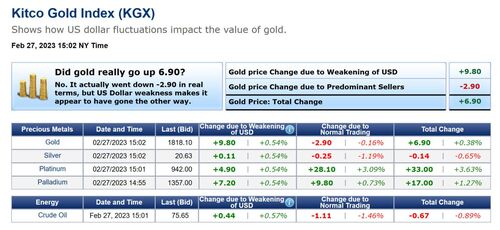
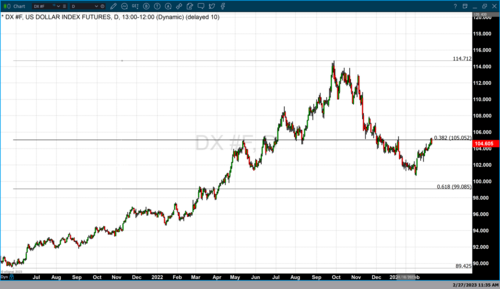

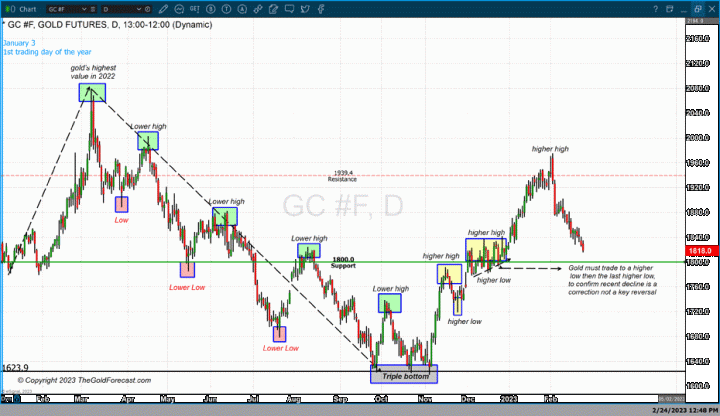
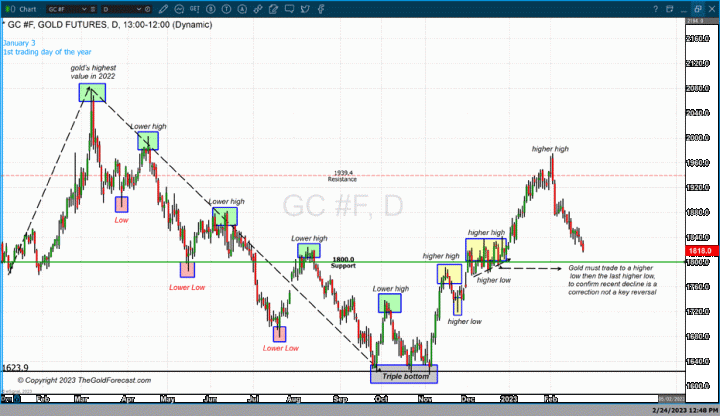
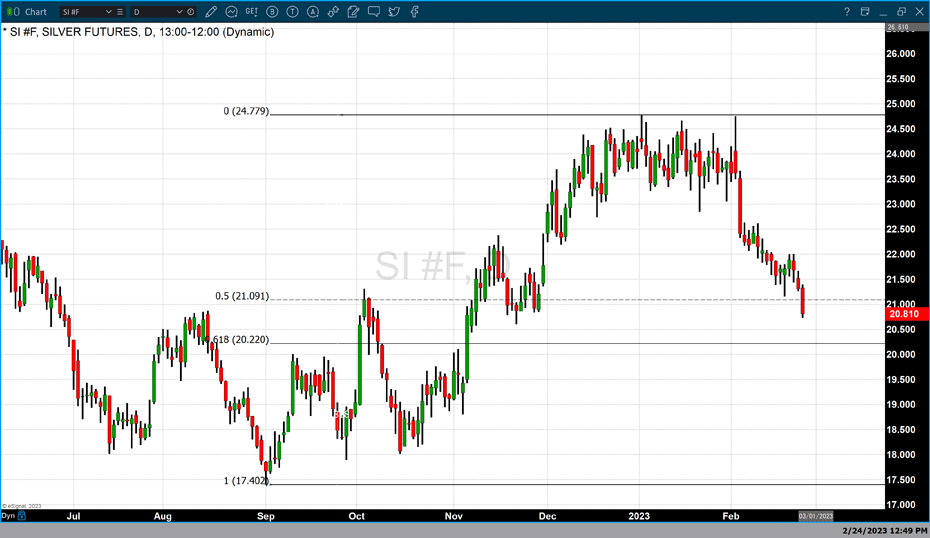
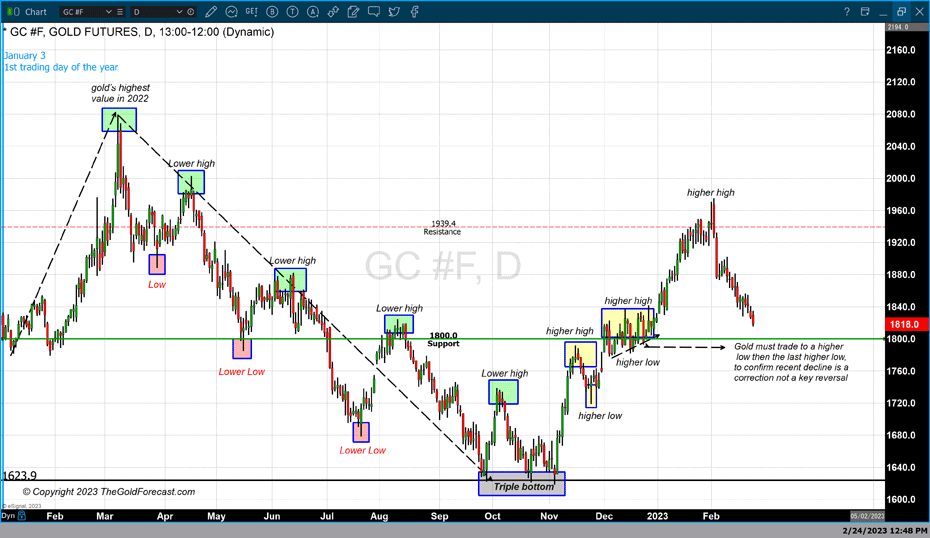
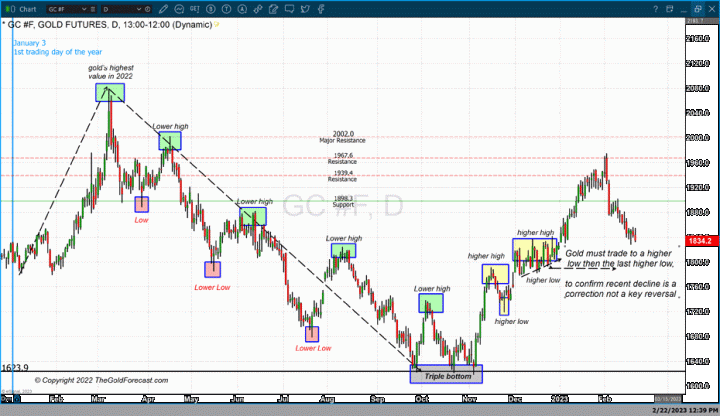
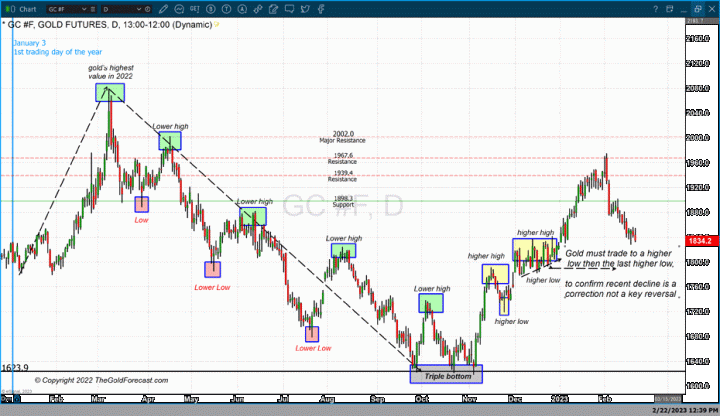
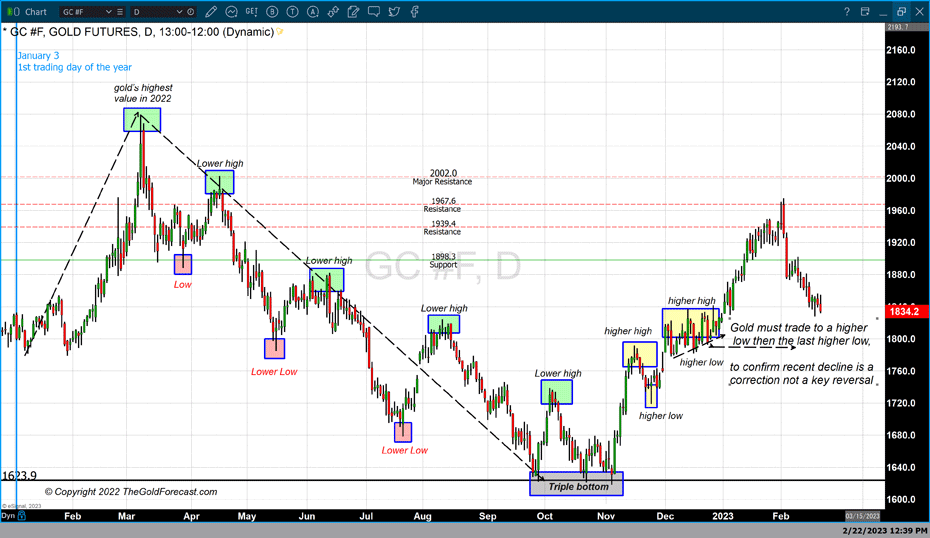

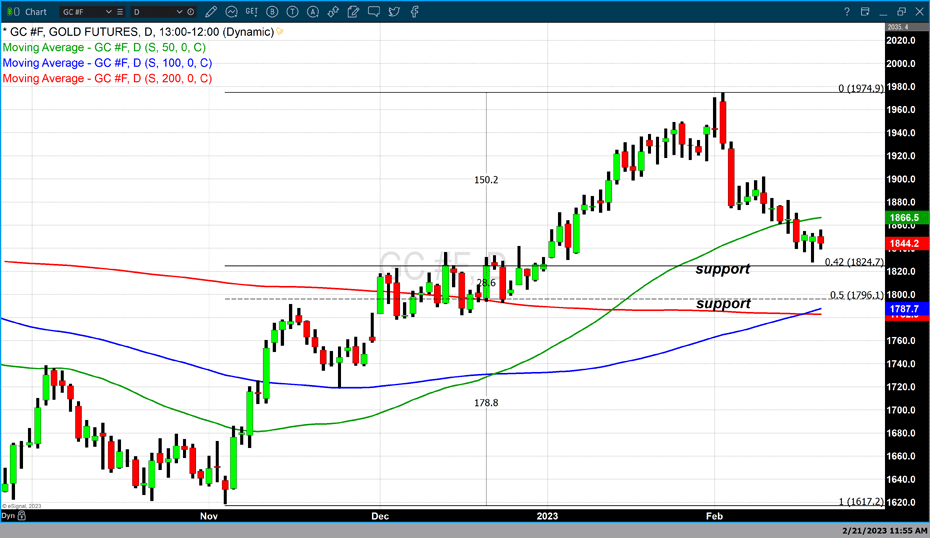

.gif) Commerzbank lowers mid-year gold price forecast to $1,800 due to shifting interest rate expectations
Commerzbank lowers mid-year gold price forecast to $1,800 due to shifting interest rate expectations